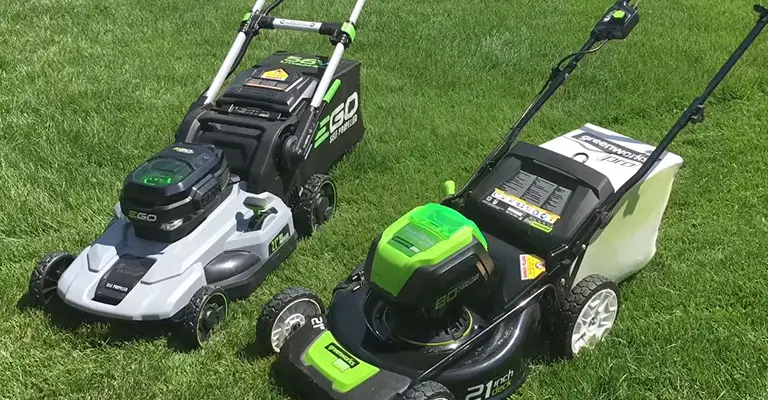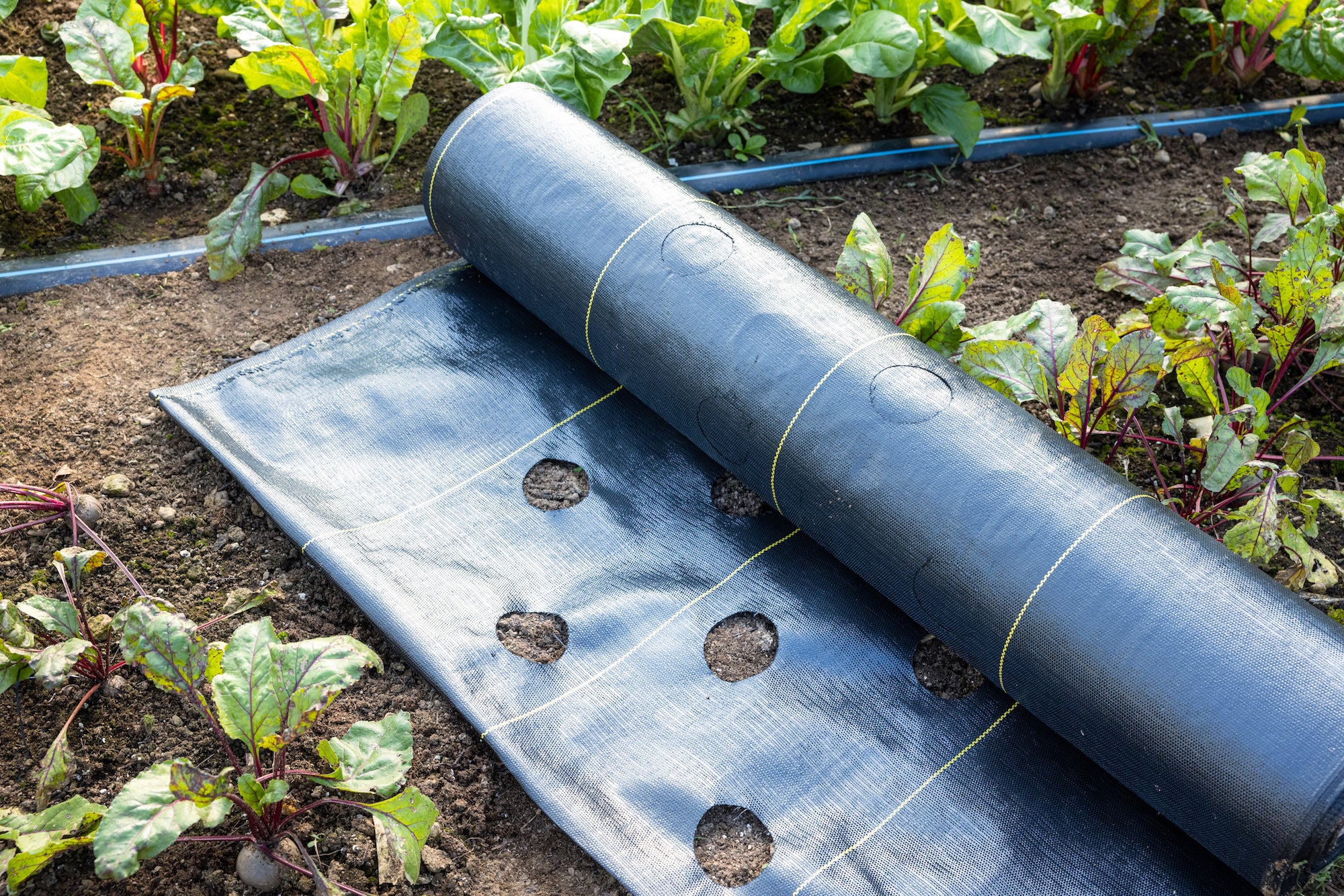Digging the Backyard Soil
The varied operations carried out on the soil by way of an area are all referred to as digging. The overall function is to interrupt up the soil to enhance its bodily nature, rendering it extra appropriate for supporting flora.
Digging is usually carried out within the autumn and winter when solidly compact soil will be damaged up and left tough all through the winter. The extra floor space that may be uncovered to the climate the higher, and the motion of frosts, drying winds, and rain, break up the floor into small crumbs, typically rising aeration, and rendering the soil extra in texture. Rain and snow drain from the floor extra shortly, leaving the floor dry, and subsequently, the soil absorbs heat from the spring sunshine extra simply. Drainage is improved and the air that exists between the soil particles helps the useful micro organism.
The time period digging means turning over the topsoil one spit deep or the depth of the spade’s blade, ie 25cm (10in). Floor weeds are buried, the extent of the land stays the identical and the clods of earth are left unbroken.
It can be crucial that the spade is thrust into the soil to its full depth and in a vertical place. If this isn’t completed, the land is dug faster however cultivation is just not deep sufficient or thorough sufficient and the weeds is not going to be correctly buried.
Single digging
To dig over a plot of land, a trench a spade’s width and a spade’s depth is dug out throughout one finish and the soil is eliminated and brought in a wheelbarrow to the opposite finish of the plot and left in a heap in order that when the plot has been dug there shall be soil able to put into the final trench. Alongside the primary trench mark out with a line one other strip and by standing dealing with the open trench and dealing alongside the road soil will be dug out and thrown properly ahead into the open trench, on the similar time making a brand new trench.
The significance of throwing every spadeful of soil properly ahead can’t be emphasised an excessive amount of as a result of a slight discrepancy will after a number of trenches end in there not being enough house through which to work correctly. Repeat the strategy of filling the final trench whereas making a brand new one and when the final strip is dug on the different finish of the plot the soil heaped there from 2 the primary trench is able to fill the final one.
Manure or compost will be placed on the land on the similar time and is scattered alongside the ditch and the soil is thrown onto it.
Double digging
It is a methodology of breaking apart the soil to a better depth than in single digging however retaining the topsoil in its relative place. Because the identify suggests the soil is disturbed to the depth of two spits. Different names are half trenching or bastard trenching. The tactic although tough to explain is kind of easy to execute and is basically an extension of the method described for digging.
A trench 60cm (2ft) broad and a spade’s depth is taken out throughout one finish of the plot and the soil carried to the far finish of the plot and put in a heap. The underside of the open trench is then forked as deeply as attainable and the floor left degree. Mark out one other space 60cm (2ft) broad alongside the open trench and dig soil out of this to a full spade’s depth and
throw the soil into the open trench and on prime of the forked or damaged up floor. Thus topsoil stays topsoil however the land is aerated to twice the depth that it’s in single digging. If manure is added, and it’s a standard apply to do that throughout double digging, it must be scattered over the forked floor earlier than the topsoil is thrown on thus getting it down depth.
Double digging on grassland
The place land that has not been cultivated earlier than is being damaged up and ready for crops by hand slightly than by mechanical means, double digging is the strategy really useful. The turf is first skimmed off with a spade over the realm of the primary strip or trench place, taken to the far finish of the plot and left there. Then the topsoil is dug out of the ditch to a spade’s depth and likewise taken to the opposite finish of the plot. The underside of the ditch is forked to a spit’s depth after which the road moved again 60cm (2ft) to mark out the second trench. Skim off the turf from this second trench space, placing it the other way up over the forked space of the primary trench in order that finally the underside of the entire trench is lined with inverted turf. Chop up the turf roughly into 10cm (4in) squares with the spade.
No manure is added because the turf itself will rot and supply plant meals however a normal synthetic fertilizer could also be scattered at this degree if required. Then the highest spit of soil from the primary trench is thrown over the inverted turf, the underside spit of the second trench forked and turf taken from the third space inverted over that, and so forth till the entire space has been damaged up. When the final trench to be opened has been forked, put within the turf taken from the primary trench, then cowl it with the soil from the identical trench.
Trenching
That is an extension of the strategy utilized in half or bastard trenching and if the precept of half trenching has been mastered it’s not tough. Full trenching is heavy work and is usually unfold over three or 4 seasons by coping with a portion of the land solely every winter. It’s justified in distinctive circumstances solely. It may enhance the depth of fertility fairly shortly however naturally can’t be carried out on some clay or stony soils the place the subsoil can be impenetrable with a spade.
The trenches are minimize 90cm (3ft) broad for full trenching, to permit higher working house. As for half trenching the topsoil from the primary trench is eliminated to the opposite finish of the plot and left there.
There are two strategies of coping with the soil on this opened trench, equally advantageous to cultivation. Within the first methodology, stretch a line alongside the center of the opened trench and take away all of the
soil on one facet of it and put this soil in a heap along side the plot fairly distinct from the topsoil already eliminated. The bottom of the ditch is now within the type of a step, the ditch depth at one facet being two spits deep, about 50cm (20in), and on the different facet one spit deep, 25cm (10in).
Get down into the decrease a part of the ditch and fork the subsoil, as in half trenching. Stand then on the higher a part of the step and dealing backwards flip this soil over onto the decrease half of the step that has simply been forked. The recent strip of subsoil thus uncovered is then forked to the complete depth of the fork.
Mark out one other strip at floor degree alongside the unique trench and solely 45cm (18in) in width. Dig the highest spit out, throwing it proper ahead onto the raised step of the open trench. Flip the second spit onto the forked floor of subsoil within the first trench, then get down into the slim trench thus minimize out and fork the bottom to a full fork’s depth. The work proceeds in 45cm (18in) strips alongside the plot and the smaller heap of topsoil is used to fill within the backside of the final trench and the bigger heap of topsoil goes during the last two 45cm (18in) strips.
The second methodology is a model of full trenching which has precisely the identical end result however permits extra working house and might be, subsequently, faster. On this methodology not solely the primary however each subsequent trench opened is 60cm (2ft) in width. The topsoil and the second spit of soil are carried away from the primary trench and saved individually on the far finish of the plot. The bottom or third spit is then forked and damaged up. The primary spit from the second trench is then taken to the opposite finish of the plot and left aside from the bigger heap of soil from the third trench.
The second spit of the second trench is thrown onto the forked subsoil and the bottom of the second trench is forked to interrupt it up. The highest spit of the third trench is taken proper over to the highest of the primary trench; the second spit of the third trench is turned over onto the forked floor on the backside of the second trench and the bottom of the third trench is damaged up. Thus the sample is repeated till on the far finish of the plot the subsequent to final trench has one of many heaps of topsoil placed on to it and the final trench has the second spit pile put in on prime of the damaged up base of the ditch and the highest spit soil placed on the highest.
Deep trenching is a variation of full trenching through which the subsoil is introduced on prime of topsoil however this apply is drastic and might be disastrous.
Ridging
Instead on heavy land to strange digging, the place the floor is left degree, the soil will be thrown up in ridges and furrows resembling plowed land in a technique referred to as ridging, through which a better floor of the soil is uncovered to the motion of the climate.
The plot to be dug is split into 90cm (3ft) strips working throughout it, beginning at one nook of the plot. At one finish of the primary strip take out soil to a depth of 25cm (10 in) (one spade’s depth) and two spade widths and take the soil in a wheelbarrow to the opposite finish of the strip. Then working backwards stand on the soil and dig three spadesful of soil facet by facet throwing every ahead onto the house from which topsoil has been taken.
The correct-hand spadeful goes ahead and barely in direction of the middle, the subsequent spadeful to the left and barely in direction of the middle and the third spadeful goes on prime of those two. Step backwards and repeat the method and a ridge of soil shall be made the size of the strip, the hole on the finish being stuffed in with the soil taken and reserved from the start of the strip. Proceed digging on this approach forming parallel ridges till the entire space has been dug.







